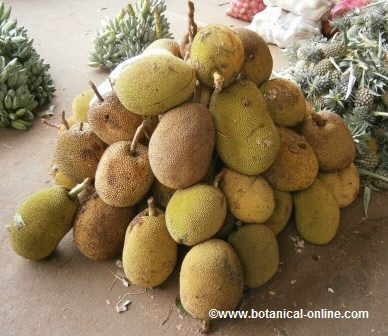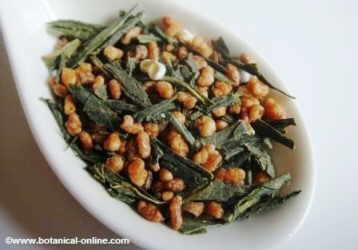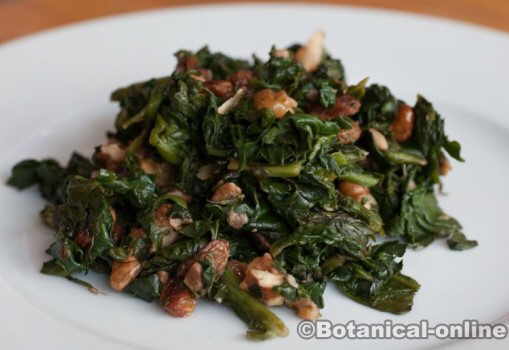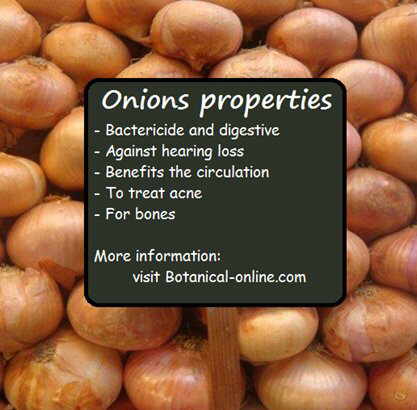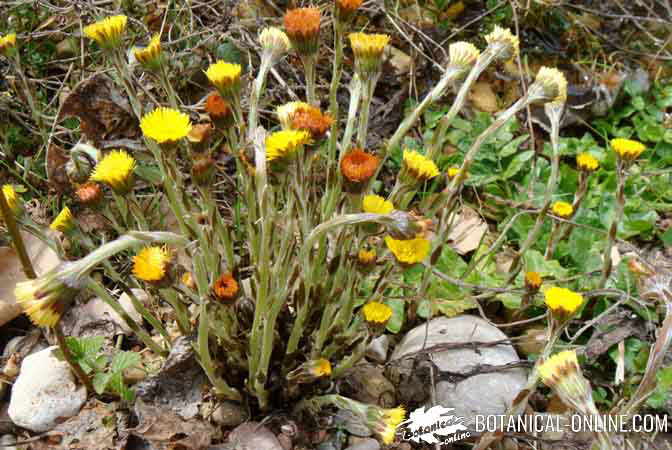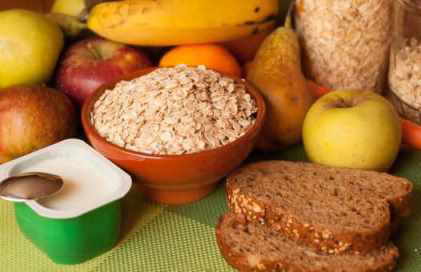Aflatoxin prevention tips
Can aflatoxins be eliminated?
Aflatoxins cannot be eliminated from food at home. They are not destroyed by cooking, they can occur even in refrigeration, and they are very difficult to eradicate completely through food processing.
In addition, the levels of these toxic substances in food can increase during food preservation, if hygiene, humidity and temperature conditions favor the growth of toxigenic fungi.
However, all this does not mean that we are necessarily exposed to high levels of aflatoxin.
What is the problem of eating food contaminated with aflatoxins?
Ingestion of spoiled food is a burden on the liver and our body, which must get rid of the harmful substances produced by some of these living things, such as aflatoxins.
In addition, contaminated food will probably contain its nutritional principles impaired (stale fats, for example).
How to prevent ingesting to many aflatoxins
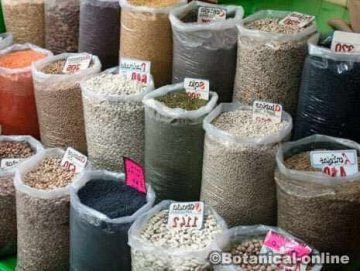
There are measures that can be taken to reduce the consumption of these substances and to ensure that safe levels are consumed. The main you can do is the following:
Buy properly packaged products
Health administrations consider that aflatoxins are inevitable contaminants in food and that certain levels of them are tolerable and do not harm health.
There are different techniques to disinfect mycotoxin foods, such as hydrogen peroxide for seed detoxification. All producers include in their processing plan different measures to reduce contaminants in their food, such as aflatoxins.
To ensure that no contaminated products enter, before they are imported, the control agencies carry out food analyzes to certify that they contain aflatoxin levels within the allowed limits.
The first step to control the entry of aflatoxins from the diet is to buy properly packaged food. The packaging must indicate the producing country, the expiration date, responsible company and the European Union seal (if purchased in a European country). These are indicative that the food meets quality controls.
Buy in hygienic stores
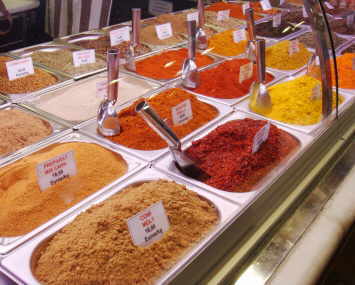
Regulatory bodies in each country set maximum permitted levels of aflatoxins in food, but once these foods have entered the country, poorly preserved seeds or spices contain more aflatoxins than the maximum allowed.
It is recommended to buy packaged seeds. The products should not be in direct contact with the ground, on dirty surfaces or in places where they are directly exposed to the sun.
In bulk stores, it is convenient products not to be available to customers.
It is not recommended to buy large quantities of food. It is preferable, if possible, to buy that amount that we are going to consume during the next weeks or in a few months.
In any case, it is necessary to reject those foods that have molds, grits, defects in the packaging, are very dry or have an abnormal color.
Once opened, keep well and consume soon
Commercial containers are usually permeable to moisture (cardboard, poorly sealed plastic, etc.), so it would be advisable to keep your food in clean, dry and well-closed glass containers, in a place without light or moisture.
Importance of good food preservation
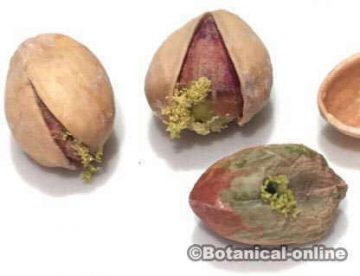
If possible, it is best to buy the legumes, cereals, nuts or other products that will be consumed in the coming weeks or months, as it is natural that over time the amount of aflatoxins in food increases.
In a kitchen the humidity and temperature conditions are not always adequate to preserve food. Therefore, although dried seeds (cereals, legumes and nuts) are long-lasting products, it is not recommended to keep them for a long time.
Observe legumes, fruits and seeds
Naturally, it is advisable to observe the foods that are going to be consumed to confirm their perfect state before eating them. Often the seeds are infested with moths, weevils or molds, which can go unnoticed at first sight if they are not carefully observed.
Eat foods with more aflatoxins in moderation
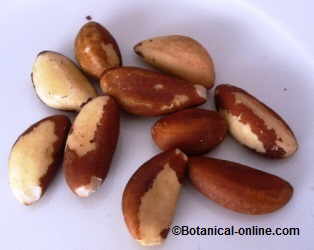
Aflatoxins are inevitable food contaminants, but there are foods that contain them in higher amounts than others.
We can avoid the ingestion of aflatoxins by avoiding overeating foods that are richer, which are: peanuts, peanut butter, pistachios and Brazil nuts.
When one of these foods is consumed daily, it is recommended to vary the diet if possible. Some days you can substitute these foods for other seeds, such as walnuts, almonds or sesame ; for other vegetable pates, such as beet hummus, or for fresh vegetables or fruits.
People with liver diseases should avoid eating foods with many aflatoxins because they are more vulnerable to their toxic effects on the liver.
Do not consume expired seeds and spices
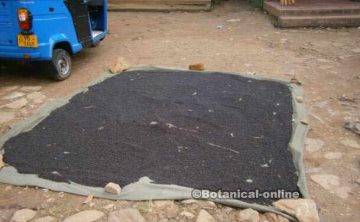
Although it is obvious, it is necessary to remember that food should not be consumed after its expiration date. For example, spices are often used, such as cinnamon, ginger powder or turmeric, after expiration. Or you consume legumes that have remained in the pantry for too long.
Expired foods should not be consumed. This recommendation is given not only because over time the sensory and nutritional properties of food (such as fat rancidity and deterioration of omega 3) are spoiled, but also because during that time the amount of food toxicity also increases.
Foods that contain more aflatoxins are dry foods, which are preserved for a long time. Very high levels of aflatoxins have been detected in poorly preserved legumes, tropical spices and nuts. If these foods have also been purchased in stores with poor hygiene, the chances of ingesting many aflatoxins multiply.
![]() More information on aflatoxins
More information on aflatoxins

